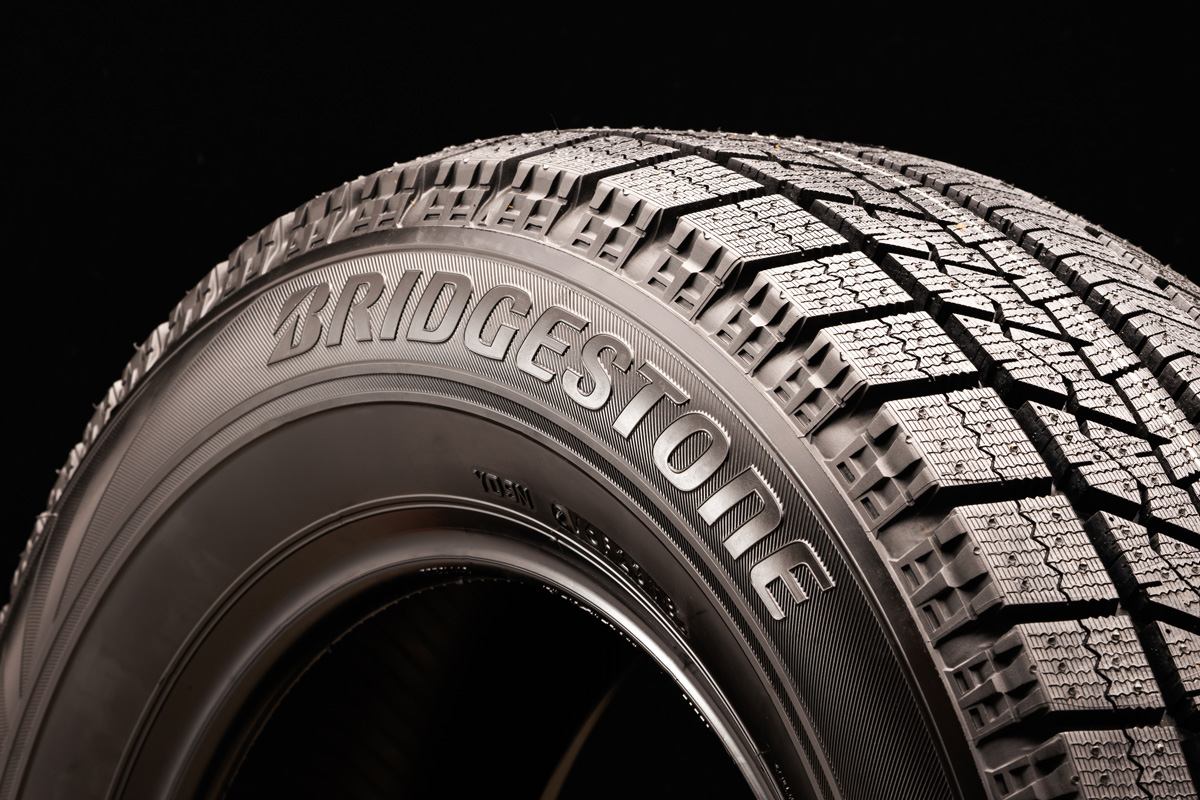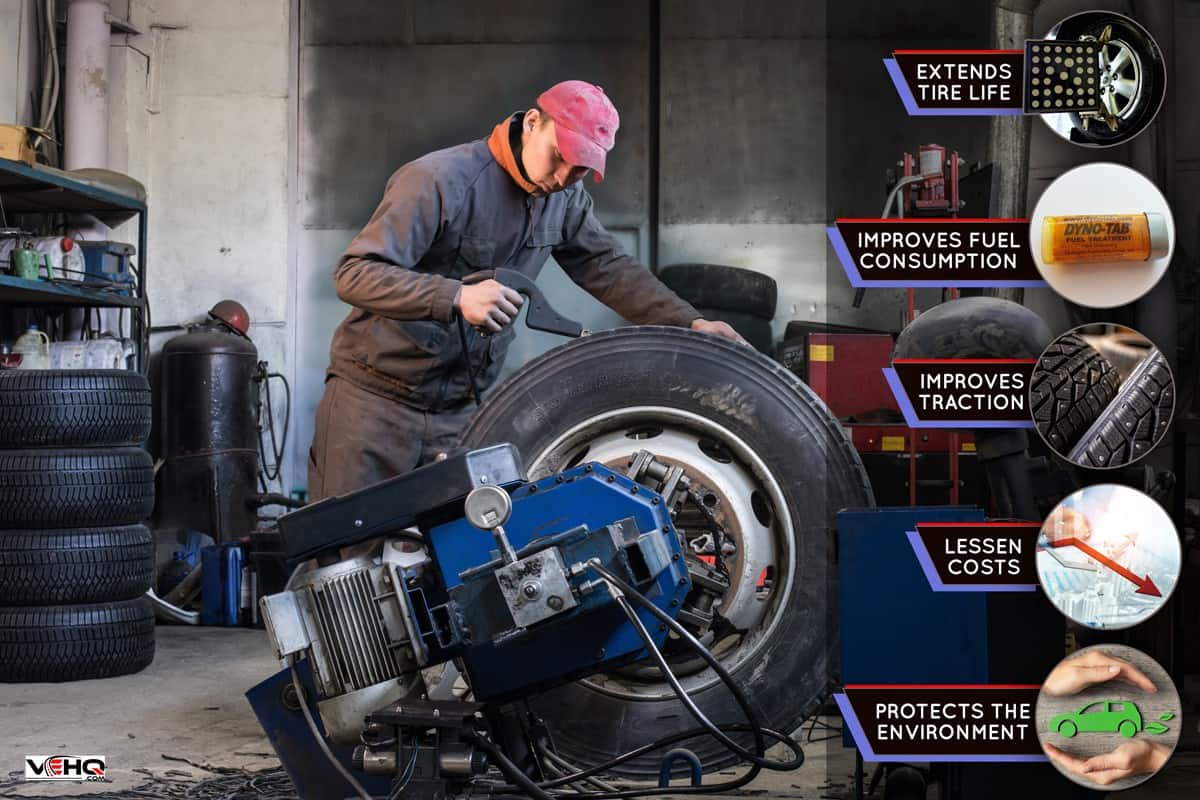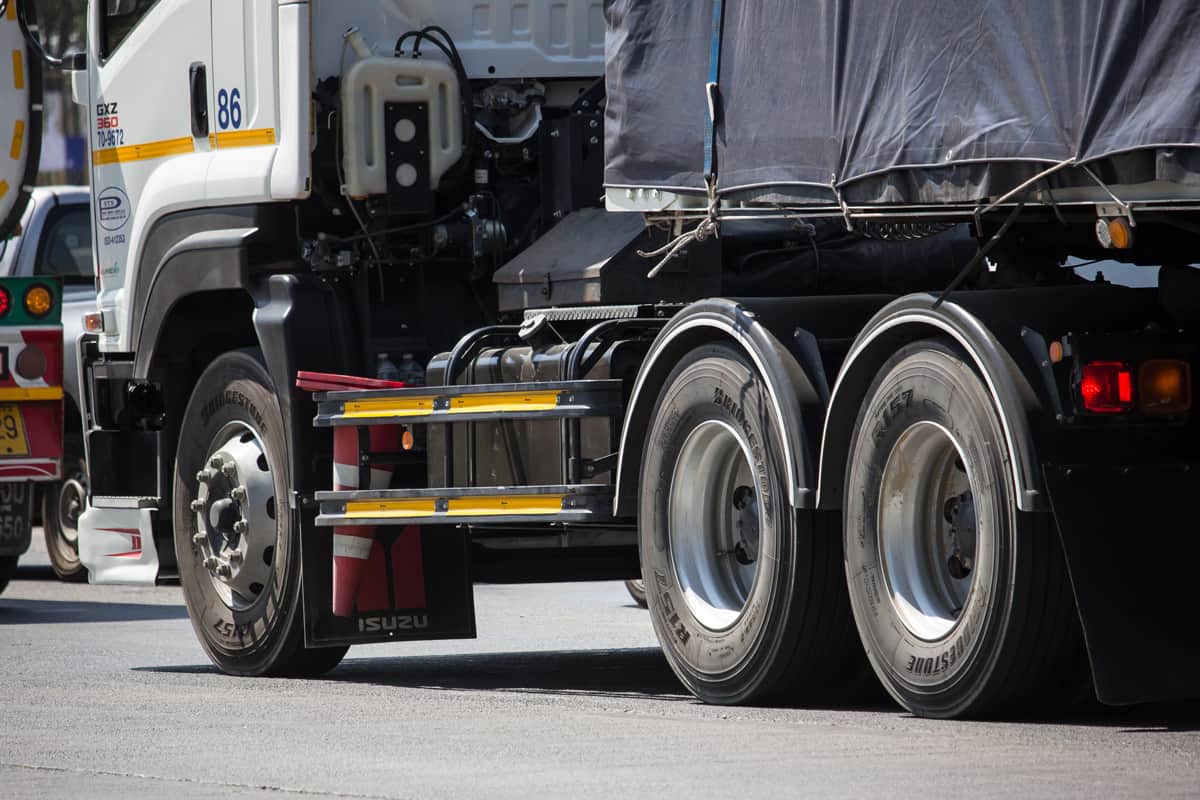At some point, veteran drivers will consider regrooving their worn-out and heavily used Bridgestone tires. Is this possible? We pulled up information to determine whether regrooving is possible with Bridgestone tires. And here's what we found.
Yes, Bridgestone tires for trucks and buses are regroovable. The company has developed an app that serves as a guide for regrooving tires.
Regrooving tires is perceived as an optimal alternative to extend the life of the rubber. This is a good option rather than resorting to purchasing new tires. However, regulations are in place on the use of these tires. Undoubtedly, Bridgestone tires comply with these regulations. Discover more about regroovable tires and why the practice is getting prevalent in the industry. Keep reading!
What Is The Bridgestone Regrooving App All About?

The Bridgestone company has rolled out a mobile phone app specially designed for experienced technicians working on the company's products. The app clearly outlines the depths and widths that should be followed in regrooving their tires.
The app is available at the swipe of your mobile phone. Time savings and user convenience are its hallmark benefits. There are huge savings on downtime since the regrooving job can be completed in less time.
The app affords convenience since there's no need to refer to printed materials or manuals while doing the job. No guessing and estimating since the tool provides precise measurements. Everything can be done with just a few clicks on your mobile phone.
The app is loaded with more than 80 patterns of tire regrooving to choose from. Indeed, being a major player in the automotive tire industry, Bridgestone has made this remarkable step towards digitalization. The company had made its stamp on the category of regroovable tires.
How To Use The App
The app is user-friendly and can be easily followed through. Here are the steps:
- Download from either IOS or Android, whichever applies to your phone.
- Hit Agree button for the terms and conditions.
- Pattern selection screen appears. Choose the pattern that matches your tire type and model.
- The next screen presents the different tire sizes that correspond to the pattern chosen. Hit the size of the tire that you will be working on.
- The next screen displays the corresponding depth, width, and pattern to cut. The unit of measure is expressed in millimeters, and the pattern is highlighted in a different color.
The measurements displayed are precise. A technician, or user of the app, should not make any guessing or estimating as this may result in serious implications. If not done correctly, the tire belt may be damaged, thus compromising road safety.
What Makes Bridgestone Tires Regroovable?

According to relevant federal regulations, a tire is recognized to be regroovable, "either original tread or retread, designed and constructed with sufficient tread material to permit renewal of the tread pattern or the generation of a new tread pattern in a manner which conforms."
It implies that regroovable tires are legal if there's enough rubber to let the original tread pattern stay intact after regrooving.
Bridgestone tires are compliant with the requirements of the regulation. During the design stage of the product, Bridgestone ensures that the virgin rubber has adequate breadth and depth to allow regrooving but does not compromise its density and strength.
Bridgestone tires have a thickness that has enough penetrability while making the tire robust for road safety.
And finally, the "REGROOVABLE" stamp is on the applicable tire products. This is the first criterion to look out for legitimate regroovable tires. Manufacturers and distributors must include this stamp on each tire to inform consumers that the tire complies with federal regulations.
Bridgestone is one of the respectable brands in the automotive tire industry. It bespeaks quality in all aspects of the final product, including the materials used, the workmanship, the in-line manufacturing practices, and the overall product design.
What Vehicles Can Use Regroovable Tires?
The use of regroovable tires doesn't apply to all vehicles. Legislation has been made to restrict its use. It prohibits its use on cars, motorcycles, and other vehicles that weigh less than 2,540 kilograms (2.5 tons). Cars with less than 16-inch tire rim diameter and trailers are also excluded.
Generally, regroovable tires can be used on trucks and buses weighing over 2.5 tons and vehicles and trailers weighing more than 1 ton.
The rule implies that for non-commercial vehicles, which are cars and motorcycles, their tires are too thin that the tread pattern can hardly be preserved. In contrast, the tread tires of trucks are thick to cater to heavy loads and long mileage.
So for Bridgestone, its regroovable tires are customized for steel radial tires for trucks and buses.
What Is Good Regrooving Practice?
While regrooving ensures the prolonged serviceability life of your tire, there are also safety protocols and quality inspections for road safety. It is a must to comply while maximizing the benefits of tire regrooving.
All regroovable tires should have the word "REGROOVABLE" stamped at the sidewall. Hence, at the onset, it is a must to check your tire for this stamp. Otherwise, the regrooving task should never be attempted.
Demount the tire from the rim before starting regrooving. Getting the tire from its rim enables better handling, a thorough inspection of the whole tire, and a smoother grooving workflow. This is also to avoid damage to the outlying parts of the vehicle if the tire to work on isn't disengaged.

Conduct a thorough visual inspection of the tire. This specifically points to the following:
- check that the tire has no damage on its parts, such as the tread, sidewalls, shoulders, beads, and inner lining.
- remove stones, nails, or other foreign objects that may have been embedded in the grooves and the tread. Do repairs if necessary.
- check for damages from abnormal wear, such as chipping, tearing, and cutting. It is possible to regroove the damaged portions only provided a sufficient area of the original groove is still visible.
The recommended minimum tread depth before regrooving is 3 mm. This is measured at the circumference at four different spots.
Ensure that the manufacturer's recommendations are followed regarding the patterns, depths, and widths. The Bridgestone app provides the best guidance on these.
When regrooving is completed, ensure that the belts underneath the tread aren't exposed.
Reach out to the manufacturer if there are still problem areas, such as the grooves and the tread design that aren't completely complied with.
Why The Need To Regroove Tires?

The benefits of tire regrooving equate to why drivers and automotive experts establish the reasons to resort to tire regrooving. Here is the list:
Extends Tire Life
Worn-out treads of regrooved or retread tires are removed or replaced with new material. Hence, the process restores the tread depth, which can extend the tire's life. It allows reusing the tire after being worn down. This will increase mileage.
Improves Fuel Consumption
Regrooving, when done during the tire's lowest rolling resistance, can improve the consumption of fuel. With the additional mileage created, less fuel will be consumed, thus boosting fuel efficiency.
Improves Traction
Since regrooving restores tread depth, the process will increase tire grip and traction. Ultimately, this translates to increased road safety and lesser vehicle maintenance costs in the long haul. Even when the road is wet, the tire's oblique or transverse grip is improved.
Lessen Costs
Regrooving makes a significant portion of the original structure of the tire still intact such as the casing, belts, and sidewalls. The process removes the worn-out tread down to the base. A new tread layer is applied by curing, typically heat and pressure. The finished product is then good for reuse.
The process is cost-effective. It maximizes the use of parts that are not damaged and can be used again. Thus, regrooving is an alternative to buying a new tire.
Protects The Environment
The benefits of increased mileage and reduced fuel consumption impact the protection of the environment. This is because carbon dioxide emissions are reduced since the vehicle consumes the least fuel during the extended life of the tires.
What Are The Controversies Behind Tire Regrooving?
Some adversaries arise from the use of regrooved tires. Regrooved tires are prone to punctures and blowouts, tread separation that may result in skidding on the road. All these may result in accidents, compromising the safety of everyone on the road.
Moreover, to further cut costs, some drivers don't engage the job to a professional. Tire regrooving is a difficult task and should be handled by experienced mechanics.
How Do Regroovable Tires Impact The Industry?

As previously mentioned, legislation is made to restrict the use of regroovable tires. Generally, only trucks and buses weighing more than 2.5 tons can use regroovable tires. The trucks are subject to heavy loads, which makes replacing tires expensive.
That said, businesses in the transport industry, such as logistics, couriers, haulers and trailers, shipment, and the like, greatly benefit from tire regrooving. It is because tire maintenance takes a big chunk of their operating cost.
Since tire regrooving significantly extends the serviceability life, less fuel consumption, and improves grip and traction on the road, it is no doubt that it is being employed as one of their vehicle maintenance programs. It can be a cost-cutting measure rather than scrapping their heavily used and worn-out tires or buying new tires.
Final Takeaway
Bridgestone tires, in no doubt, are regroovable. The tires' product design complies with the prescribed regulations. It is equally important to follow good regrooving practices to maximize its benefits in the long haul.
Tire regrooving can make a significant impact on the transport industry. Tire regrooving can lessen operating costs. These have been part of the industry's vehicle maintenance program on cost-cutting measures.
You might be interested to read more about tire maintenance. These posts are worth reading!
Why Are My Balanced Tires Still Vibrating?
